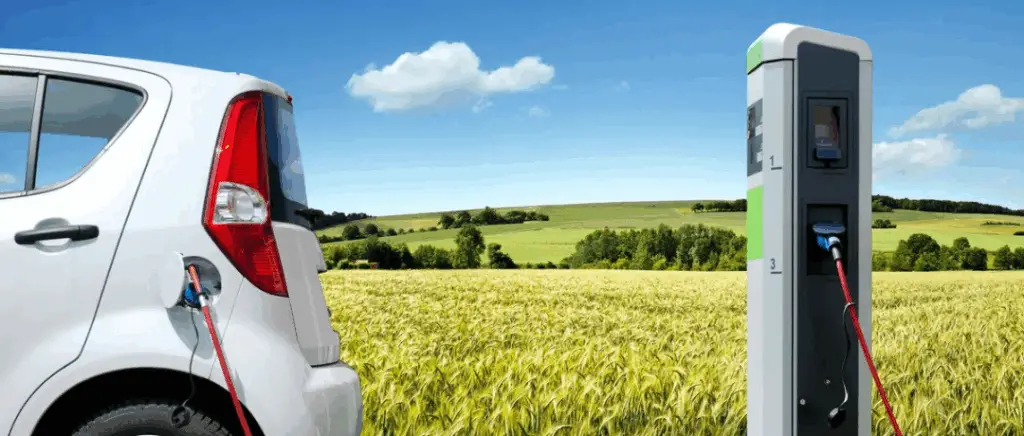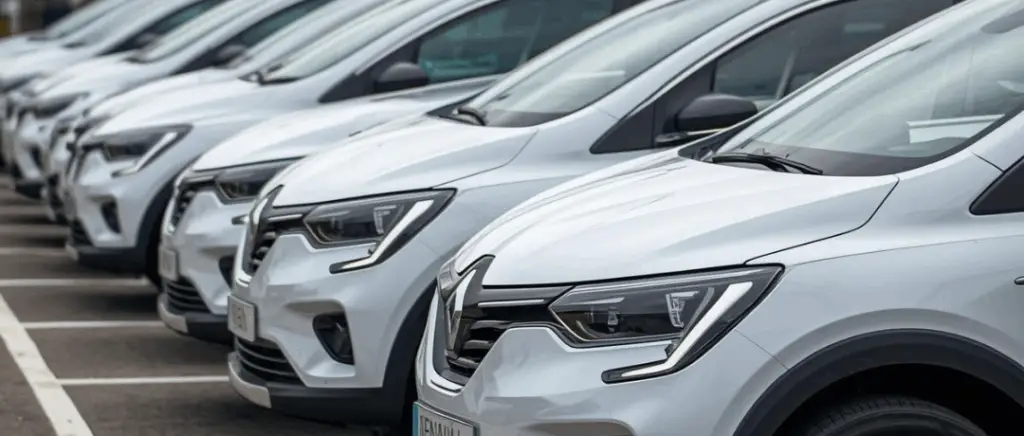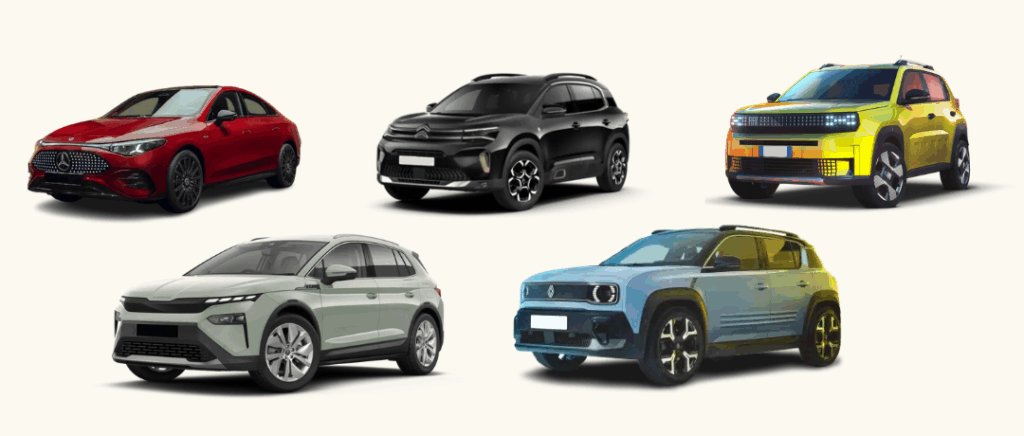What are the challenges of electric vehicles in rural areas?
The adoption of electric vehicles in rural areas represents a crucial challenge for the energy transition, but it is still coming up against a number of obstacles. Unlike urban areas, which are better equipped and benefit from denser networks, rural areas are subject to specific constraints that slow down the deployment of sustainable mobility infrastructures.
The main challenges are
- Insufficient network of charging points : the lack of stations accessible over long distances creates a real dependence on the car.autonomy batteries, heightening the fear of an "electrical blackout".
- Complex economic profitability : the low population density and limited number of users make investment in public charging points difficult to make financially viable.
- Limited electrical infrastructure : some rural areas do not have a sufficiently robust electricity network to support the massive installation of fast charging points.
- Distance from services and car dealerships: limited access to maintenance and technical advice is still holding back some households from investing in electric vehicles.
- A territorial divide in terms of sustainable mobility : Without appropriate solutions, there is a risk that people living in rural areas will miss out on the benefits of the energy transition.
These challenges highlight the need for a global strategy in which local authorities, public authorities and private players work together to ensure equitable access to zero-emission mobility.
What business models are needed to make charging points for electric vehicles profitable?
The profitability of charging points for electric vehicles in rural areas depends on business models that are adapted to areas where population density and road traffic are lower than in major cities. To ensure the viability of such an investment, it is necessary to combine several approaches:
- Public subsidies and aid from local authorities : local authorities play a central role by providing financial support for projects through grants, soft loans or public-private partnerships. This helps to reduce initial installation costs and accelerate network rollout.
- Differentiated pricing according to use : offer more attractive prices for slow recharging at home or in long-term car parks, and higher charges for fast recharging for occasional journeys.
- Cost sharing with private players The new generation of eco-lamps: service stations, supermarkets and hotels can co-finance kiosks to attract customers and promote an eco-responsible image, while reducing costs.
- Mutualisation and inter-municipal cooperation : In rural areas, the networking of local authorities to install and manage charging points can optimise costs and ensure better coverage.
- Use of renewable energy : integrating solar panels or wind turbines reduces long-term operating costs and helps to anchor projects in the energy transition.
These models are not exclusive, but complementary. Their strategic integration is the key to ensuring the long-term viability of recharging infrastructure in rural areas, and to encouraging the sustainable adoption of electric vehicles in these areas.
Make your energy transition now, with a range of new 100 % electric vehicles available for leasing from Beev!
What innovative solutions are there for recharging electric vehicles in rural areas?
The development of recharging points in rural areas requires more than just a proliferation of conventional infrastructure. To meet the specific geographical, economic and energy needs of these areas, a number of innovative solutions are emerging to complement traditional installations. They are helping to accelerate the energy transition while offering greater flexibility to motorists.
- Charging stations powered by renewable energy : integrating solar panels or local wind turbines reduces dependence on the electricity grid, while making the most of locally available resources.
- Mobile charging stations : Deployed at events, in isolated villages or for temporary needs, they offer a rapid and adaptable response to demand.
- Bidirectional recharging (Vehicle-to-Grid - V2G) : This technology transforms electric vehicles into genuine energy storage units capable of redistributing electricity to the grid, reinforcing its local balance.
- Shared and interconnected terminals : via digital platforms, residents can optimise the use of infrastructure, share costs and encourage a community dynamic.
- Slow recharging at home or in public places : Essential in rural areas where parking is less restricted, it is an economical and reassuring alternative for private individuals.
These complementary approaches offer a strategy suited to rural areas, where population density and distances travelled require more flexible models. They pave the way for an intelligent recharging network, capable of ensuring the continuity of mobility while remaining sustainable and decentralised.
How can renewable energies support the recharging of electric vehicles?
Integrating renewable energies into the development of charging points for electric vehicles is a major way of accelerating the energy transition in rural areas. By harnessing local resources such as solar, wind and biomass, it is possible to meet the growing demand for electricity while reducing dependence on fossil fuels.
This synergy not only offers a more sustainable alternative, but also helps to optimise operating costs for local authorities and infrastructure managers.
Renewable energies make it possible to :
- Reducingcarbon footprint associated with recharging electric vehicles, using local, low-carbon electricity.
- Reduce pressure on the national grid thanks to micro-grids and storage systems (stationary batteries, green hydrogen) that ensure greater energy autonomy.
- Improve the profitability of charging stations through self-generation of energy, in particular with solar installations linked to stations in rural areas.
- Support the energy independence of rural areas, by exploiting their natural resources to supply sustainable mobility infrastructure directly.
By combining electric vehicles, smart charging points and renewable energy production, rural areas have the opportunity to become models of energy innovation, while promoting acceptance of this new mobility by local residents.
What tax benefits encourage the adoption of electric vehicles in the countryside?
The adoption of electric vehicles in rural areas relies not only on the provision of charging stations, but also on financial and fiscal support. To speed up the energy transition, the government and local authorities are offering a series of incentives that are particularly attractive to rural households and businesses.
These systems reduce the cost of acquisition and make it easier to install charging infrastructure.
The main tax benefits include :
- Ecological bonus: direct support for the purchase of a new electric vehicle, the amount of which varies according to the vehicle and household income.
- Conversion grant: a subsidy offered for scrapping an old car thermal vehicle replaced by an electric model, with advantageous conditions for low-income rural households.
- Reduced VAT and local exemptions: some local authorities are introducing temporary exemptions from road tax or free parking for electric vehicles.
- Support for the installation of charging points: tax credits and subsidies for equipping individual or collective homes, particularly useful in remote areas where public infrastructure is still limited.
These tax measures considerably reduce the cost of electric mobility and make it more attractive in rural areas. They are an essential lever for promoting equity between regions and ensuring that no area is left behind by the sustainable mobility revolution.
What strategies are needed to deploy electric vehicle charging points effectively?
The successful deployment of charging points for electric vehicles in rural areas depends on a planned approach, tailored to local conditions and supported by both public and private players.
To ensure sustainable adoption and optimise investment in the energy transition, a number of strategies can be implemented:
- Mapping real needs: analyse population density, mobility flows (commuting, tourism, main roads) and the presence of local activities in order to define priority areas for development.
- Promoting public-private partnerships: bring together local authorities, mobility operators and businesses to pool installation and maintenance costs.
- Adapting infrastructure to use: give priority to fast charging points on main roads and standard charging points in village centres or near shops to cater for different user profiles.
- Integrating renewable energies : develop hybrid solutions combining solar, wind or battery storage to reduce dependence on the grid and reinforce the sustainable dimension of the project.
- Ensuring effective interoperability : offer kiosks that are compatible with different operators and payment methods to simplify the user experience and boost driver confidence.
- Progressive and flexible deployment : Start with strategic areas, test footfall and adjust location as demand evolves, to limit financial risk.
By combining regional planning, technological innovation and the commitment of local players, it is possible to create a coherent recharging network capable of supporting the growth of electric vehicles in rural areas.
What role do local authorities and players play in the development of electric vehicles?
The success of electric vehicles in rural areas depends heavily on the involvement of local authorities and local economic players. They have a strategic role to play in structuring a harmonious ecosystem around charging points and accelerating the energy transition. By acting together, they can meet the needs of local residents and boost the local economy at the same time.
The actions of local authorities and players are reflected in :
- Territorial planning : identify priority areas for installing accessible charging points (town centres, public car parks, shopping areas, stations, tourist attractions).
- Mobilising funding : apply for State, regional and European funding, while encouraging public-private partnerships to reduce infrastructure costs.
- Support for residents and businesses: set up information, awareness and support programmes for the purchase of electric vehicles.
- Integration of renewable energies : Encourage local solutions (solar, wind, biomass) to strengthen the region's energy autonomy and reduce its carbon footprint.
- Cooperation with the private sector : involved craftsmen, shopkeepers and farmers to develop shared charging points, creating a local recharging network.
By playing this driving role, local authorities and local partners become a key pillar in the development of electric mobility in rural areas, while enhancing the attractiveness and sustainability of these areas.
What can we learn about the future of electric vehicles in rural areas?
The future of electric vehicles in rural areas depends on a combination of technological innovation, political commitment and new local dynamics. While the road ahead is still fraught with challenges, a number of trends point to an acceleration in the energy transition in these areas.
- More charging stations : the rural network will be strengthened by investment from local authorities and public-private partnerships, reducing the fear of running out of electricity.
- Integration of renewable energies : Using solar, wind or biomass energy to power the charging points will reduce dependence on the grid and make local areas more energy self-sufficient.
- Tax incentives and state aid : support schemes for the purchase of electric vehicles and the installation of charging points encourage more equitable deployment between urban and rural areas.
- Innovative recharging solutions : mobile, bi-directional (V2G) or community charging will complete the offer, favouring a more flexible and collaborative model.
- Local economic development : The development of the terminals will create opportunities for businesses, farmers and tourists, making the countryside even more attractive.
In short, the future of electric vehicles in rural areas lies in a concerted strategy combining technological innovation, local authority involvement and gradual adoption by local residents. This model, which is still under construction, promises to be an essential lever for guaranteeing a sustainable, inclusive energy transition tailored to local realities.
Summary table
| Theme | Content |
|---|---|
| Essential | Few charging points, low profitability, limited electricity network, remoteness of services, territorial divide. |
| Business models | Subsidies, public-private partnerships (PPPs), differentiated pricing, pooling, integration of renewable energies. |
| Innovative solutions | Solar/wind-powered charging points, mobile charging stations, two-way charging (V2G), shared charging points, slow charging at home. |
| Renewable energy | Reduce carbon emissions, reduce pressure on the grid and costs; promote local energy autonomy. |
| Tax benefits | Ecological bonus, conversion premium, reduced VAT, exemptions and aid for installing charging stations. |
| Strategies | Needs mapping, PPP, choice of suitable terminals (fast vs. normal), interoperability, gradual roll-out. |
| Local authorities | Territorial planning, funding mechanisms, awareness-raising initiatives, promotion of renewable energies, cooperation with private players. |
| Avenir | Increase in the number of terminals, integration of renewables, greater support, flexible solutions and rural economic dynamism. |
Conclusion
Ultimately, the development of electric vehicles in rural areas is an essential lever for achieving the energy transition and reducing territorial inequalities. While there are still many challenges to overcome (lack of charging points, economic constraints and the limitations of electricity grids), practical solutions are emerging: public-private partnerships, integration of renewable energies, innovations such as two-way or mobile charging, and tax incentives.
The central role played by local authorities, in partnership with private players and local residents, means that a coherent and sustainable network can be built. The future therefore lies in a concerted strategy, in which electric mobility becomes both a driving force for regional dynamism and a pillar of an inclusive energy transition.
You would like toto electric?
Beev offers multi-brand 100% electric vehicles at the best prices, as well as recharging solutions.
































